Arthrosis is a degenerative -dystrophic disease of the joints, characterized by slow and progressive destruction of intra -articular cartilage. Arthrosis includes a group of joint diseases with a destructive inflammatory nature, which have various causes and similar mechanisms for development.
Arthrosis is one of the most common diseases in the world that occupies a leading position in women and men over 30 years of age and with age the risk of developing the disease is increasing only.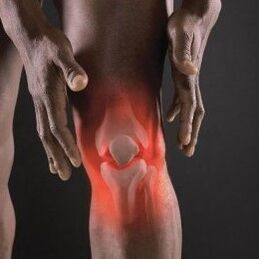 The reasons for the pathology
The reasons for the pathology
Arthrosis develops as a result of a violation of the metabolic processes in the joints, against which the intra -articular cartilage begins to lose water and does not become elastic. The predisposing factors of such changes in cartilage can be internal and external causes:hormonal changes;Age -related characteristics;genetic predisposition;rheumatoid arthritis;Excessive joint load;Injuries and damage - dislocations, fractures, severe bruises, rupture of connections;changes in metabolism inside the joint associated with obesity, diabetes mellitus;hypothermia;Lower and unbalanced diet, resulting in the body does not receive calcium, omega-3 and 6, fats and proteins;inflammatory process in the joint;disorder of the blood supply to the head of the femur - the disease of Pertes;problems with blood coagulation, hereditary diseases;Autoimmune diseases - red lupus, rheumatoid arthritis.
Specific diseases that have nothing to do with the joints, namely: namely: namely:syphilis;hyperthyroidism;thyroiditis.
At risk are people who are engaged in heavy physical labor, forced to constantly hypothermia and to experience increased strain on musculoskeletal systems, blacksmiths, athletes, wallets, and pregnant women.Symptoms of arthrosis
The first symptom of arthrosis is the pain at the lowest joint of the joint, which quickly passes as soon as the joint is left alone. Arthrosis is characterized by 4 main clinical signs: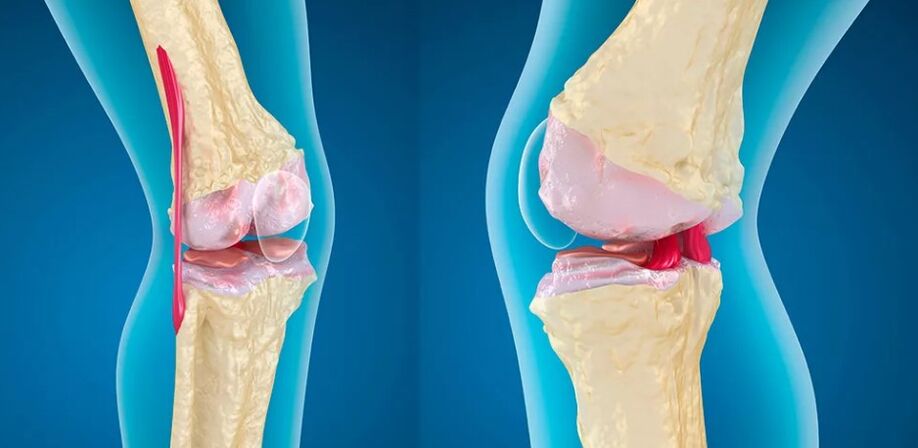 Pain - Pain in arthrosis has some characteristics, unlike pain in the case of accidental bruising of the joint or the inflammatory process in it. First, you should pay attention to the onset of discomfort and pain with any movement and load on the affected joint. It is worth a person to stop moving and eliminate the load, as the pain passes immediately, which does not happen when wounding or inflammation of the joint. At night, the collapsing become practically does not cause discomfort for the patient, painful sensations are only possible when the position of the body is changed, but they pass quickly. With the pronounced progression of destructive processes inside the joint, acute pain can occur at night, which eventually become more severe and make their adjustments to lifestyle. Acute pain occurs with any changes in time, the change in the phases of the moon, the shortest load.Krista - this sound occurs as a result of a decrease in the softness of the bone rotation around the joint, leading to the friction of the bones against each other and is accompanied by a characteristic crunch. As the degenerative processes progress in the joint, crunching becomes more pronounced and accompanied by pain.Restricting the mobility of the joint - in the initial stage of the development of the pathological process of pronounced restrictions on mobility, but with the progress of the destruction of the joint, it is increasingly difficult for the patient to perform simple action. In the end, the affected becomes completely immobilized.Joint deformation - osteophytes begin to actively grow on the surface of the bone and the synovial fluid accumulates. Deformation of the joint is observed in an advanced degree of pathological process.
Pain - Pain in arthrosis has some characteristics, unlike pain in the case of accidental bruising of the joint or the inflammatory process in it. First, you should pay attention to the onset of discomfort and pain with any movement and load on the affected joint. It is worth a person to stop moving and eliminate the load, as the pain passes immediately, which does not happen when wounding or inflammation of the joint. At night, the collapsing become practically does not cause discomfort for the patient, painful sensations are only possible when the position of the body is changed, but they pass quickly. With the pronounced progression of destructive processes inside the joint, acute pain can occur at night, which eventually become more severe and make their adjustments to lifestyle. Acute pain occurs with any changes in time, the change in the phases of the moon, the shortest load.Krista - this sound occurs as a result of a decrease in the softness of the bone rotation around the joint, leading to the friction of the bones against each other and is accompanied by a characteristic crunch. As the degenerative processes progress in the joint, crunching becomes more pronounced and accompanied by pain.Restricting the mobility of the joint - in the initial stage of the development of the pathological process of pronounced restrictions on mobility, but with the progress of the destruction of the joint, it is increasingly difficult for the patient to perform simple action. In the end, the affected becomes completely immobilized.Joint deformation - osteophytes begin to actively grow on the surface of the bone and the synovial fluid accumulates. Deformation of the joint is observed in an advanced degree of pathological process.
Degenerative processes in the joint do not develop rapidly, the disease is characterized by the stages of exacerbation and remission, from which patients are in no hurry to seek medical attention, thus contributing to the progression of the destructive processes inside the joint.Stages
The stage of progression of the pathological process in the joint is determined with the help of X -Ray examination. Only 4 stages of the disease are distinguished:First - characterized by a slight narrowing of the gap of the joints until there are no pathological bone growths;The second - on the surface of the bone there is a slight narrowing of the gap of the joints, the osteophytes form osteophytes;The third - the joint gap is narrowed, on the surface of the bones multiple osteophytes observe the joint;The fourth - practically no joint, there are numerous osteophytes, pronounced joint deformity.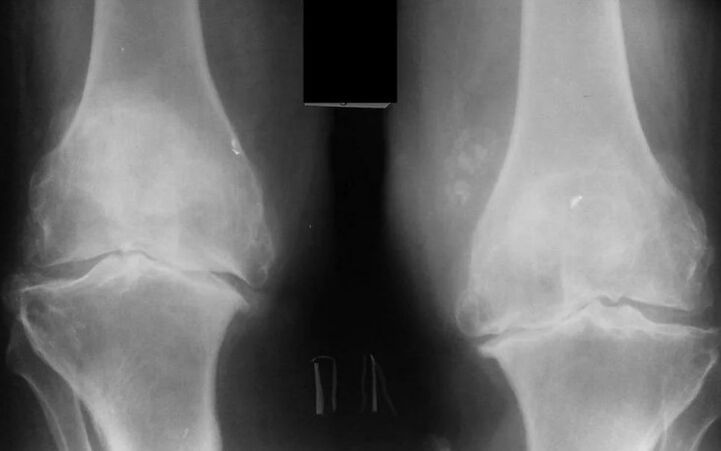 Degree
Degree
Arthrosis is expressed in the form of degenerative and destructive processes in the joint, resulting in cartilage affected, changes in the capsule and synovial joint of the joint develop, as well as in the ligaments around it and bone structures. Depending on the severity and severity of these destruction, it is customary to distinguish 3 degrees of arthrosis.First degree
There is no pronounced deformity or changes in the joint, but the composition of the synovial fluid is disturbed - this leads to insufficient provision of joint tissues with nutrients, water and trace elements, resulting in the cartilage quickly elastic and not adapted to the load. Over time, this causes inflammatory processes and is accompanied by pain during movement and load on the joint.
In the first degree of arthrosis, none of their patients seek medical attention, attributes discomfort and pain to uncomfortable posture during sleep, fatigue and improper lifestyles. Sometimes the patient may notice a characteristic crisis in the area of the affected joint, but this is not accompanied by severe pain, but only by discomfort, to which no one again pays considerable attention.
If arthrosis is accidentally diagnosed in the first stage, then the disease is easily treated.Second degree
At this stage, the disease is accompanied by the destructive processes of cartilage tissue inside the joint. The osteophytes grow intensively on the surface of the bone, and the more intensive the load in the area of damage, the more pronounced the destruction will progress.
At the same time, the patient complains of constant pain of true nature, which periodically passes independently and cannot feel for a long time. Then the disease progresses again. Against the backdrop of such a pathological process, the muscles that surround the inflamed joint gradually lose their functions, which the patient quickly tires and cannot withstand the physical activity that he or she easily suffers earlier. In the second degree of arthrosis, the patient gradually progresses deformity of cartilage and joints.Third degree
This is the most difficult. The intra -cartilage of the affected joint is smoother and intensively destroyed, leading to clearly noticeable deformation and impaired functions of the affected limb. The ligaments and muscles located next to the joint are a deficiency of nutrients and oxygen and gradually atrophy, which is accompanied by a pronounced loss of mobility. At the same time, the patient is tormented by acute pain all the time, which is exacerbated by any attempt to change the position of the body, with changes in the weather conditions and the phases of the moon, and gradually leads to complete loss of legal capacity. 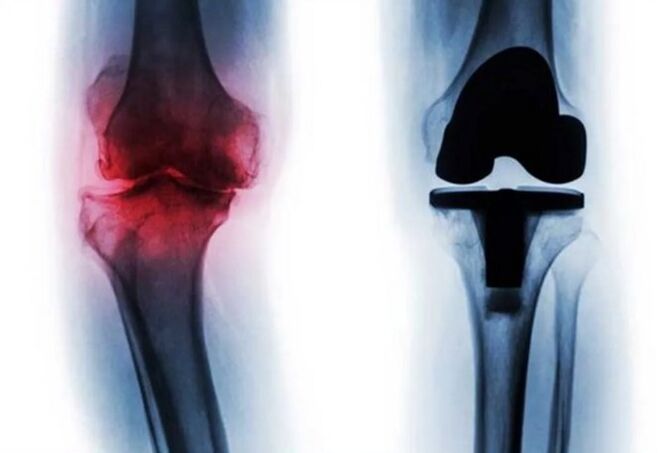 Types of arthrosis
Types of arthrosis
Depending on the cause of the pathological process, primary arthrosis, secondary and idiopathic is distinguished inside the joint.
The primary develops as an independent disease, secondary as a result of injury or infection and the cause of the idiopathic form is unknown. In addition to the classification of the disease, depending on the cause of the pathological process, arthrosis differs at the site of localization of destructive changes:Gonarthrosis is the most common type of pathology characterized by damage to the knee joints. Most often, gonarthrosis is detected in people with excess weight, with chronic metabolic diseases in the body, low immunity. Knee arthrosis progresses for a long time and gradually leads to complete loss of motor function.Ankle arthrosis - the main causes of the development of degenerative processes in the ankle joint have suffered injuries, dislocations, stretching, fractures. In some cases, the development of the pathological process can cause autoimmune disease - rheumatoid arthritis. The ankle arthrosis is predisposed to dancers, women wearing high heels, athletes.Ramer arthrosis is the main cause of degenerative processes in this area are congenital abnormalities of the development of the shoulder joint or excessive loads of the area, for example, when you carry heavy shoulders.Coxarthrosis or arthrosis of the hip joint - the main cause of the occurrence is changes related to age in the tissues of the joint. At risk, people over 45 years of age.Cervical region arthrosis - the causes are neck injuries, progressive osteochondrosis, obesity, sedentary lifestyle. At risk, people working on the computer are in offices. In addition to severe neck pain, patients have expressed dizziness, inhibition of consciousness, memory damage and fatigue. These symptoms are due to compression of the spinal artery, through which nutrients and oxygen enter the brain. Spondylartrosis - Destructive destruction is the subject of tissues of the spine, namely its lumbar department. In the risk group of a woman during menopause, as spondylarthrosis progresses against the background of a deficiency of female sex hormones.Osteoarthrosis of the fingers - develops for the same reason as spondylarthrosis.Polyarthrosis - characterized by damage to multiple joints with progressive degenerative processes in them, while the connections, muscles and circumvention of the joint of the tissue participate in the pathological process.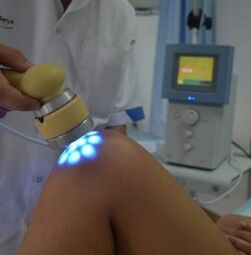 Arthrosis
Arthrosis
The treatment of arthrosis is best performed in the early stages, after which the disease is better to succumb to conservative methods of therapy. It is very important to properly identify the cause of progressive destructive changes in the joint and to stop these factors over time.
The treatment of arthrosis is comprehensively and consists in eliminating the inflammatory process, stopping the pain syndrome, stopping the progression of the pathological process and, if possible, restoring the lost joint functions. Conservative therapy includes the selection of drugs and physiotherapy methods of treatment.Medication
The treatment of arthrosis is different with different sites for locating the pathological process:Fingers and hands arthrosis -prescribe non -steroidal anti -inflammatory drugs in the form of cream ointments, gel. To prevent the progression of the pathological process, the technique of chondroprotectors is shown. After stopping an acute inflammatory process, massage and physiotherapy methods of therapy are prescribed.With arthrosis of the shoulder joint, the patient is injected with injection painkillers and non -steroidal anti -inflammatory drugs. He may prescribe suction medicines that will relax the muscles and slightly reduce the intensity of pain. After relieving acute inflammation and pain, physiotherapy and massage are indicated.Knee joint arthrosis -prescribe non -steroidal anti -inflammatory drugs locally in the form of compresses, ointments, gels. The area of the affected joint shows physiotherapy methods of therapy.Hip arthrosis - compressed, impregnated with ointment or gel from the NSAIDs group, applied to the area of the lesion and the painkillers injected into the joint.Knee arthrosis - ointments and gels with analgesic effects are applied to the area of damage and after the relief of acute pain and inflammation are indicated by physiotherapy methods of treatment.Ankle arthrosis - The patient is recommended by a strict bed rest with the maximum remaining part of the affected joint. As the acute inflammatory process disappears, physiotherapy procedures, baths, massage are prescribed.  Physiotherapy
Physiotherapy
Effective physiotherapy methods often used in different degrees of severity of arthrosis include:Effective treatment of shock wave eliminates the patient from growing osteophytes, thus eliminating pain and restrictions on joint mobility;Muscle stimulation around the affected joint is very effective for patients with pronounced limited mobility and allows you to improve blood circulation in the joint, accelerate regenerative processes, increase muscle tone;Ozone therapy - a gas mixture is introduced into the cavity of the affected joint, which causes the patient to decrease, the mobility of the joint is normalized and the signs of inflammation disappear. For maximum effect, ozone therapy is performed in courses;Phonophoresis - the effect on the area of damage from ultrasound waves using medicines. This method of use of drugs is much more efficient as ultrasound waves deliver the medicine directly to the lesion.
In addition, treatment with physics therapy includes exercises, massages, manual therapy, mechanotherapy.Dietary nutrition
The diet with arthrosis should be the most balanced and rich in polyunsaturated fatty acids, proteins, trace elements. It is recommended to include fresh fish, vegetable oils, cottage cheese, dairy products, meat, fresh vegetables and fruits in the diet.
Flour products and "fast" carbohydrates, chocolate, coffee, alcohol, pork, fatty and sharp dishes should be excluded from the diet.

























